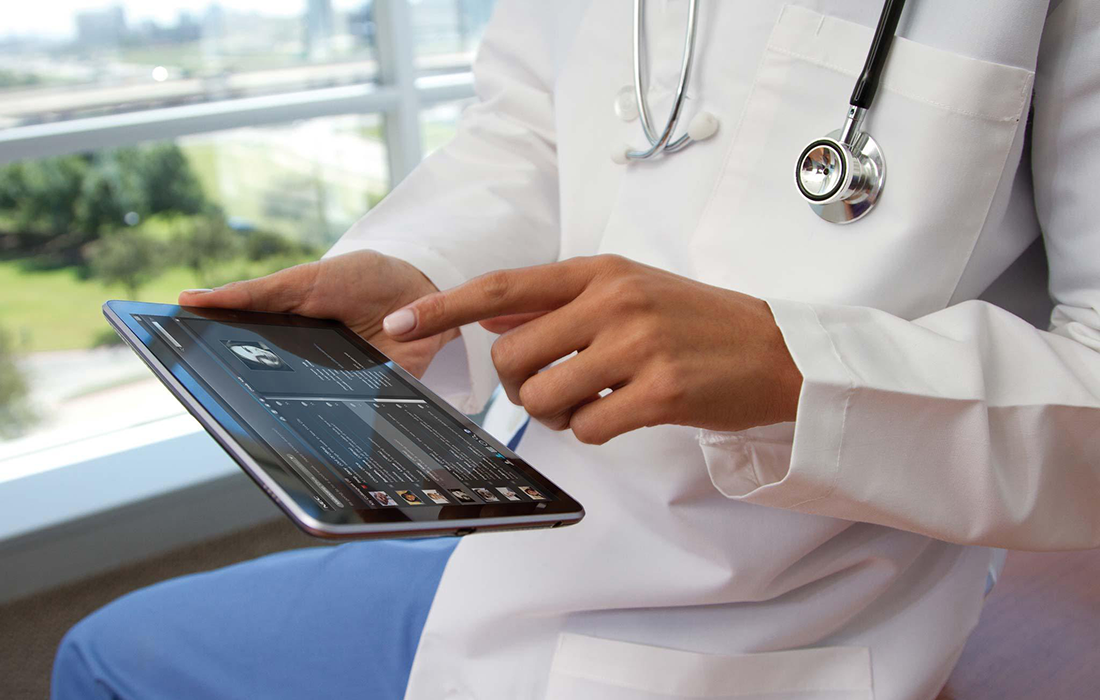It is one of the biggest technology trends right now, it is called “the next big thing” and everyone has heard about it these days: Internet of Things. But what exactly is this? Internet of Things, also known as IoT, is the continuously growing network of physical objects (things) that are connected to the Internet and can therefore communicate with each other. However, this goes beyond “machine-to-machine” communication; Internet of Things is a network of data-gathering sensors that continuously measure and evaluate; thus, things can collect information and data. Think of smart street lamp posts that adjust their amount of light according to weather conditions, or Philip’s Hue that adds security to your home by automatically turning lights on and off when no one is home to suggest that people are home, while also having the function of automatically turning off lights when someone leaves the room to save electricity. Before this phenomenon will be accepted by society as a whole, some difficult issues such as privacy will have to be resolved. Consumers may (unknowingly) reveal much more personal data than they originally want. Moreover, people may resist Internet of Things as long as there is no confidence that privacy is guaranteed. Few people might have a problem with their refrigerator collecting personal data about groceries in order to provide, for example, a notification when there is only one carton of milk left, causing the refrigerator to automatically order new milk, or data about how much light a house consumes. However, when personal, medical information is involved, more people are likely to protest, as this type of information is much more sensitive. Consumers do not want their personal data to end up with third parties such as the government, corporations or, in the case of medical information, insurers. A new job or a promotion might pass you by if your boss can see that you have mental or physical problems. Insurers might increase premiums based on your medical condition, or perhaps even deny certain policies.Internet of Things could save a lot of time and effort (consider the example of the refrigerator), but it can also go beyond mere convenience: it can enhance quality of life, and we are currently seeing that in healthcare. Internet of Things can make significant differences when it comes to human health. These types of applications fall into four categories:
- Tracking – tracking can be applied to both humans (in this case, a patient) and on objects. Passive RFID tags can be placed in a patient’s environment, for example, on the walls, to then measure irregular movements of the body measure. This would, for example, detect the incipient symptoms of diseases that impact the ability walk significantly over time. Tracking can also be applied in an active way, such as on smartphones. Today, there are various apps that measure health indicators such as heart rate or blood pressure, or that track how many steps you have taken in a day and indicate the corresponding number of calories burned.
- Identification & authentication – patient identification can be helpful in reducing harmful incidents. One can think of an electronic medical record which is continuously updated, so that one can never give the wrong dose or wrong medication to a patient because the record is always complete and recent.
- Data collection – the automatic collection of data regarding medical data can range from body sensor networks to doctors’ diagnoses. Consider implantable, wireless devices that archive medical notes. In emergencies, this can make the difference between life and death, especially in patients with diabetes, cancer, heart failure or Alzheimer’s, for example.
- Sensing – sensors provide real-time data on the health indicators of the patient. When worn close to the body, these sensors can collect information collect information on physiological parameters such as heart rate. When these sensors are combined with RFID, NFC, Bluetooth and Wi-Fi, among others, vital signs can also be such as temperature, blood pressure and cholesterol can be measured. This information would be sent directly to your treating doctor or emergency services.
So imagine this: An elderly woman makes an average of four cups of tea every day, and this is measured by smart devices and after a while is seen as a pattern. A change in the frequency of tea brewing (for example, not making a single cup of tea for two days), is a signal for an abnormal pattern. Combined with additional data such as heart rate and temperature, it can be seen that the woman is not doing well and someone should visit her to see how she is doing. And all because your doctor gets continuous real-time information about aspects such as your blood pressure, temperature or heart rate. When high spikes or lows are seen here, the doctor is immediately informed and action can be taken. For example, high blood pressure could indicate cardiovascular disease that you might not otherwise find out about. So this kind of monitoring can not only improve a person’s health, but it can also reduce medical costs, since a disease can be detected early.
It all sounds very convenient, but it doesn’t suddenly solve the privacy problem. That is one of the biggest reasons why, for example, the electronic health record (EHR) caused such a commotion. Moreover, Internet of Things goes a step further. Does the medical data generated by smart devices still belong to you? To what extent can you derive rights from it? And what do you consider more important, all the possible benefits related to your health? Or maintaining your privacy at the level it is now?
In a connected world like this, where the flow of data is constantly growing and growing, it is essential that guidelines on privacy be developed when it comes to extra-sensitive information such as medical or financial data, and that consumers be made aware of what may happen to their data. Otherwise, the Internet of Things is probably doomed to failure.

